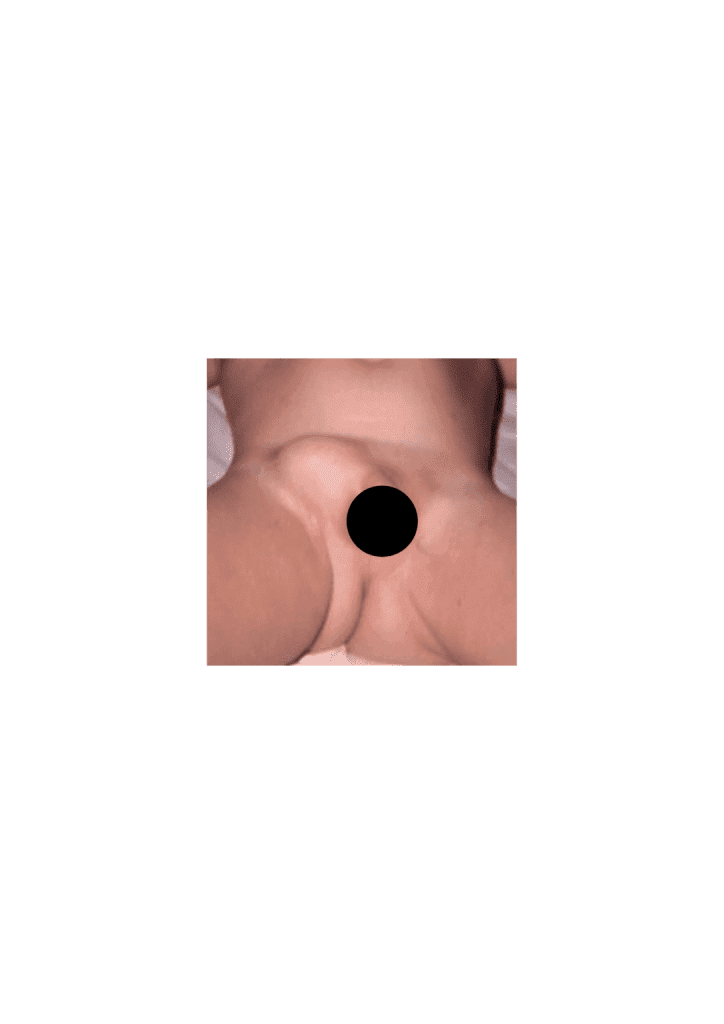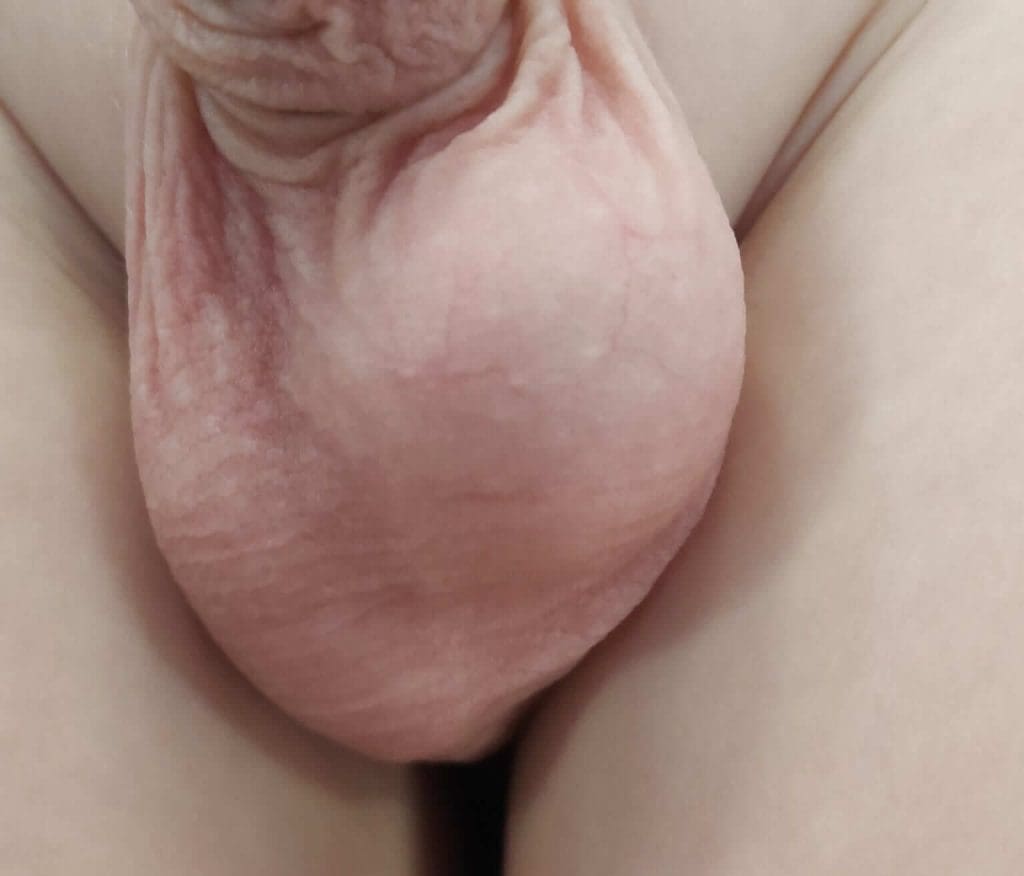
Inguinal hernia and hydrocele in children
This post, which discusses important and common conditions in pediatrics, was written by Prof. Naftali Freud, a specialist in pediatric surgery.
So let’s thanks him, and notice the differences between these two conditions.
What is a hernia?
A hernia is a passage of one organ or tissue from its natural location to another space. There are many different kind of hernias, and each one has its own location and symptoms.
What is an inguinal hernia and how do it occur in children?
Inguinal hernia in children (unlike hernia in adults which is a result of weakened abdominal muscles), is the result of a remaining peritoneal tissue (the internal membrane of the abdominal cavity), in the inguinal canal. In the embryo, this inguinal canal is connecting the abdominal cavity to the scrotum (in males) or to the labia majora (in females). Through this canal, in a male embryo, the testes are descending to the scrotum. In a female embryo, the inguinal canal is used for the passage of the frontal ligament of the uterus.
After completing these processes during embryonic life, in most embryos the remnant peritoneal tissue is then closed. When it is not closed, the remaining canal or tissue is called “the hernia sack”.
As you can see in the first photo, the hernia sack is some kind of a canal that connects the abdominal cavity to the inguinal area and the external genitals. This allows the internal abdominal organs (ovaries, intestines, intra-abdominal fat tissue) to slide through the canal, outside of the abdominal cavity. In normal situations, these openings are closed toward the end of the pregnancy. A hernia sack which is not closed and remains open is an inguinal hernia, which requires surgical repair.
What is a hydrocele?
Partial closer of the hernia sack will allow passage of intra-abdominal fluids (which is normal for everyone) into the testicular sack. This phenomenon is called Hydrocele (as you can see in the next photo). Hydrocele does not hold any danger to the testicles. There are two different kind of hydrocele –
1- The fluids are constant around the testicle.
2- The fluids are moving from the abdominal cavity to the testicular sack and vice-versa, so there are differences in the volume of the scrotum depending on the time of examination.
The male hydrocele has an equivalent phenomenon in females, known as the cyst of Nuck.
As opposed to a congenital hydrocele, a non-congenital hydrocele which appears in the first few months of years of life is sign for an open inguinal canal, and for a possibility of a developing hernia.
What is the prevalence of inguinal hernia?
The prevalence is about 2-3% in term infants, and about 30-50% in preterm babies. It is more common in boys (4-5 times more than girls). Right inguinal hernia is more common. Bilateral hernia is more common in girls.
What is the prevalence of hydrocele in children?
Prevalence amongst baby boys is about 60% and descends to 0.8% after 2 years.
What are the signs of inguinal hernia in children?
The most common symptom is swelling in the groin area which is usually pain-free. In babies and young children, the parents are those who notice the swelling and turn for medical consultation. Older children and adolescents can feel pain while they are coughing, during physical activity or when there is intra-abdominal pressure (for example when trying to pass a bowel movement). Resting while lying down relieves the pain almost every time. When the hernia is not visible, it will be diagnosed by a surgeon in a physical examination. You can also diagnose hernia in an ultrasound, but it is not as accurate and you can’t depend on it alone.
What are the signs of hydrocele in children?
The symptoms of hydrocele are unilateral or bilateral swelling of the testicular sack, without any swelling in the groin. The testicular sack will have a bluish tone, resulting from the fluid reflected through the skin of the testicular sack.
What is the treatment of inguinal hernia?
The treatment for a hernia which was diagnosed correctly is always surgical.
The need for surgical correction is not cosmetic at all. Although the hernia itself is not dangerous, it could result in hernia incarceration – a condition in which an intestine loop or an ovary is caught inside the hernia sack and can be freed. In this situation the blood supply to the incarcerated intestine is compromised, and could damage the viable organ. It is a situation with grave implications (even death) which requires prompt treatment.
Incarcerated hernia can manifest as a change in the wellbeing of the baby, as well as restlessness, vomiting and possibly difficulty in walking in toddlers. On physical examination there will be a swollen and tender mass in the groin. In this situation you should lay the baby on its back and try to calm him. If the symptoms will not subside within the hour, you should turn and seek medical attention. Usually an experienced pediatric surgeon or pediatrician will manage to reduce the incarcerated hernia with no need for surgery, and an elective procedure will be schedule in the future.
The rates of incarcerated hernia in the first year of life, in full term babies which suffer from inguinal hernia is about 30% (in preterm babies the rates are higher). This rate descends as the age rises. So, after diagnosing inguinal hernia, and to avoid complications, you should not postpone treatment and schedule an operation as soon as possible.
What is the treatment of hydrocele?
When it is a congenital hydrocele, there is time to wait with the decision on operation until about 1 year of age. Most cases of hydrocele will be absorbed by then. In cases where the hydrocele will not diminish, there is room to consider surgical intervention.
What is the procedure for inguinal hernia repair?
The operation is usually done in surgical day-care, under general anesthesia, in about 30 minutes. On special cases such as neonates and babies who are just a few months old, the surgery can be performed under spinal anesthesia, which only sedates the lower body.
Before the surgery, the parents will meet with an anesthesiologist, which will explain about the selected anesthesia. In most cases, one of the parents will accompany the child to the operating room until he will fall asleep.
During the procedure, the surgeon will make a small incision (1-2 cm) in the skin fold above the groin. He will separate the hernia sack from adjacent organs (such as the spermatic cord and blood vessels), and then close the base of the hernia (the passage to the abdominal cavity) with sutures and remove it. He will use melting sutures, so there is no need for suture removal on the following days, and the wound will heal shortly.
As opposed to adults, it is not customary to operate inguinal hernia in children using the laparoscopic method, since a small incision will be present whether you choose laparoscopic surgery or an open method for surgery. Also, in children there is no use of synthetic mesh for hernia repair, as used in adults.
After the surgery, the child will remain in recovery for 3 hours and will be released to his home by the end of the day.
What is expected after the surgery?
Usually, especially in babies and infants, there should not be severe pain, since during the operation there is local anesthetic inject to the site of the surgery. If there is pain after the procedure, you can give the child medication to relieve the pain. After the child is awake you can give him something to drink. After two hours, if there is no vomiting you can give him a light meal.
Complication rates are very low. Still, like every other operation there can be an infection in the site of the incision, so you will have to make sure there is no local changes such as swelling and redness accompanied by fever or purulent discharges. If any of this signs are present you should consult your surgeon.
So how will we summarize this subject of hydrocele and inguinal hernia?
Both of these conditions are very common in children. Diagnosis and treatment are usually simple. Even if there is need for surgery, it is not the end of the world, and it is usually done in a pre-planned manner (elective surgery).
And yet, delayed diagnosis and treatment can cause unpleasant complications with long term consequences.

For comments and questions, please register
